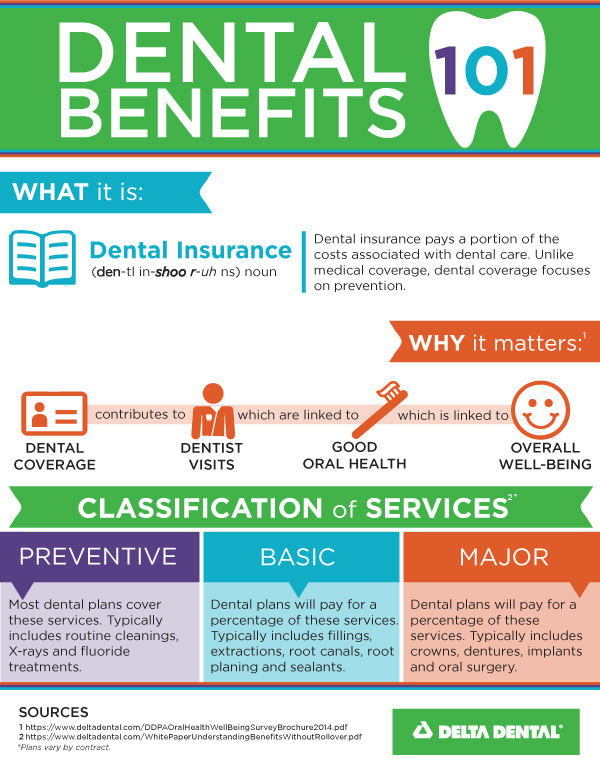Ensure You Are Prepared For Unpredicted Oral Emergency Situations By Being Able To Acknowledge The Signs Of Trauma And Understanding When To Seek Urgent Medical Focus
Ensure You Are Prepared For Unpredicted Oral Emergency Situations By Being Able To Acknowledge The Signs Of Trauma And Understanding When To Seek Urgent Medical Focus
Blog Article
Material Composed By-Kang Mccall
If you really feel a sudden shock of pain or observe a tooth injury, it can be unsettling. But how do you determine if it's a dental emergency that needs prompt focus? Understanding the vital signs and knowing when to look for assistance can make all the distinction in maintaining your dental health and wellness. Recognizing when to act swiftly can mean the distinction in between a quick fix and a lot more extensive therapy.
Common Kind Of Dental Injury
What're the common sorts of dental trauma that you should be aware of?
Mishaps can happen, bring about different kinds of dental injuries. One typical kind of oral trauma is a split tooth. This can take place from attacking down on something hard or experiencing a strike to the face.
One more kind is a busted tooth, where a part of the tooth can chip off. In addition, you may experience a knocked-out tooth, which can take place during sporting activities or falls. It's critical to handle the tooth very carefully and look for immediate dental focus.
https://www.wtnh.com/ct-style/dr-theodore-gargano-dmd-improving-your-smile-with-invisalign/ can also entail a tooth that has been pushed out of placement or loosened as a result of an injury. This type of injury requires punctual therapy to save the tooth.
Finally, soft cells injuries in the mouth, such as cuts, can also occur from mishaps. Understanding about these common types of dental injury can aid you act swiftly and appropriately in case of an emergency.
Signs of Dental Emergency Situations
Acknowledging the signs of oral emergency situations is important for prompt action and appropriate therapy. If you experience serious tooth pain that's constant and throbbing, it could indicate an underlying concern that requires prompt attention.
Swelling in the periodontals, face, or jaw can also suggest an oral emergency, specifically if it's accompanied by pain or high temperature. Any type of injury to the mouth causing a fractured, damaged, or knocked-out tooth needs to be dealt with as an emergency to avoid further damage and possible infection.
Hemorrhaging from the mouth that does not stop after applying pressure for a few minutes is another red flag that you should look for emergency dental treatment. In Suggested Resource site , if you notice any type of signs of infection such as pus, a foul preference in your mouth, or a high temperature, it's important to see a dental expert as soon as possible.
Ignoring these indications might cause extra significant difficulties, so it's vital to act swiftly when faced with a possible oral emergency.
Value of Immediate Therapy
Motivate activity and instant treatment are crucial in dealing with dental emergencies to avoid more issues and make certain optimum end results for your oral health and wellness.
When confronted with a dental emergency situation, such as a knocked-out tooth or severe tooth pain, looking for immediate therapy can make a considerable difference in saving your tooth and alleviating pain. Delaying therapy can lead to infection, enhanced discomfort, and even irreversible damage to your teeth and gums.
By seeking emergency situation dental treatment immediately, you boost the chances of effective therapy and remediation. Dental practitioners have the essential skills and tools to deal with emergency situations successfully, lowering the threat of long-lasting consequences.
Additionally, immediate treatment can aid manage discomfort and pain, permitting you to resume your day-to-day tasks without interruption.
Conclusion
Finally, recognizing oral trauma and knowing when to look for first aid is important for keeping dental health.
By identifying common kinds of dental injuries and the indicators of dental emergencies, you can make certain prompt care to protect against further damages and difficulties.
Remember, looking for instant treatment can conserve teeth, decrease discomfort, and increase the possibilities of effective recovery.
Do not hesitate to seek help from an oral professional if you experience any kind of indications of oral trauma.
